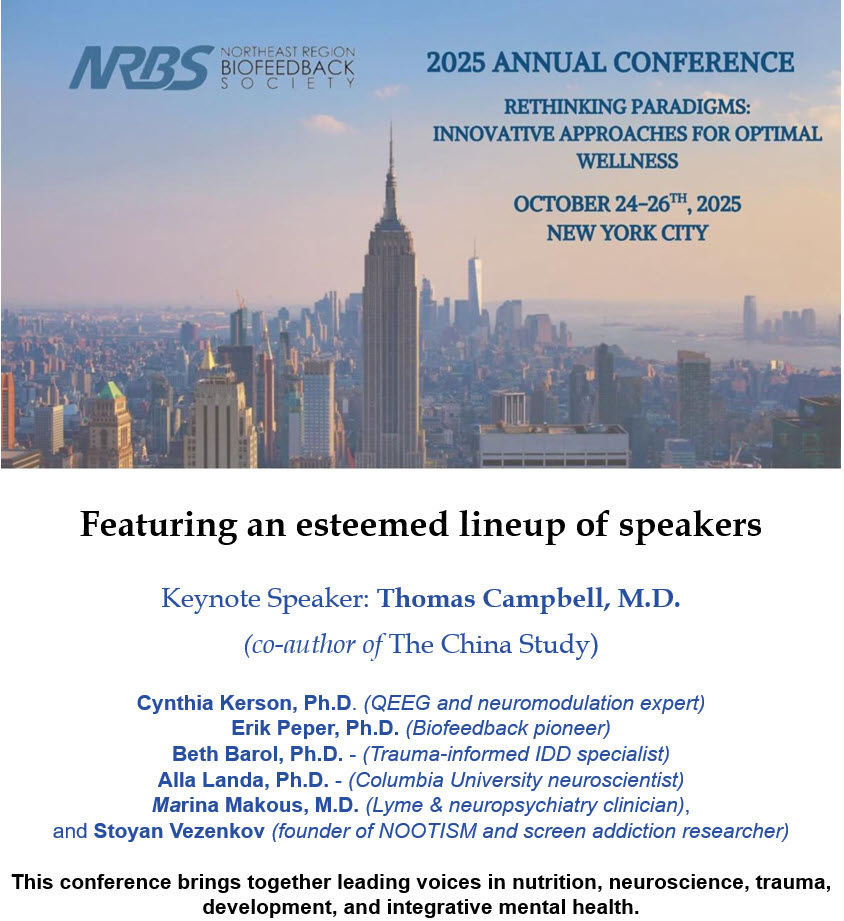5-Second Science: Nitazenes Are 50-250 Times More Potent Than Heroin
- Fred Shaffer
- Jul 30
- 5 min read
Updated: Aug 24
Stronger Than Fentanyl: The Silent Surge of Nitazenes
A New Killer Creeping In

This summary is based on the article by Sune Engel Rasmussen and Ming Li, titled “Stronger than fentanyl: A drug you’ve never heard of is killing hundreds every year,” published in The Wall Street Journal on July 29, 2025. The original reporting offers an in-depth investigation into the rise of nitazenes, their global trafficking routes, and their devastating toll on public health.
Just when you thought the opioid crisis couldn’t get worse, a new class of drugs is quietly overtaking fentanyl as the deadliest threat on the street: nitazenes.
Virtually unknown to the general public, these synthetic opioids are far more potent than anything we’ve seen before. Originally synthesized in the 1950s and abandoned for being too dangerous, nitazenes are now killing hundreds across Europe and silently entering the U.S. drug supply.
They’re cheap to produce, easy to smuggle, and extremely lethal even in microscopic doses. Law enforcement, medical workers, and grieving families are scrambling to catch up.
What Are Nitazenes--and Why Are They So Dangerous?
Nitazenes are a family of synthetic opioids, chemically distinct from fentanyl but even more powerful.
Some street variants, like isotonitazene and etonitazene, are 5 to 15 times stronger than fentanyl and up to 250 times more potent than heroin.
A fatal dose of isotonitazene could be less than half a milligram—the size of a grain of salt. What makes nitazenes especially insidious is their invisibility: they are often mixed into heroin, fake oxycodone, benzodiazepines, and even party drugs like ecstasy or ketamine, with users completely unaware. It only takes a trace amount to turn a recreational high into sudden death.
Deaths That Don’t Make the Data
Many of the deaths caused by nitazenes don’t even show up in official statistics. Most toxicology screens don’t test for them, and coroners are not trained to look. One mother in the U.K. lost her 23-year-old son to what was initially ruled a cardiac arrest—only to discover later that counterfeit Xanax pills he had taken were contaminated with nitazenes. His story is not unique. Over 400 nitazene-involved deaths were reported in the U.K. alone in 18 months. In Estonia, nitazenes were linked to nearly half of all drug-related deaths in 2023. The real toll is likely far higher.
A Global Supply Chain—and a Local Nightmare
The nitazene supply chain is disturbingly simple. Manufacturers in China market the drugs openly online, sometimes disguising them as “research chemicals,” other times not bothering to hide the label. Investigative chats between WSJ reporters and Chinese sellers show vendors offering kilogram-scale shipments with door-to-door delivery and customs clearance. These drugs are shipped under false names, concealed in innocuous-looking packages, and sold for a fraction of the price of traditional opioids. They are often bulked out with fillers like caffeine and acetaminophen, making them even harder to detect—and all the more lethal.
A Shift Fueled by Supply, Not Demand
Experts warn that the shift toward nitazenes isn’t happening because users want them—it’s because traffickers are choosing them. They’re more compact, easier to transport, and more profitable.
With the Taliban’s 2022 ban on poppy cultivation cutting off much of the world’s heroin supply, synthetic opioids have filled the vacuum. And Europe, once protected by more cautious medical prescribing practices, now finds itself vulnerable to a synthetic wave reminiscent of America’s fentanyl crisis. From Dublin to London to the Baltics, clusters of overdoses linked to contaminated drug batches are becoming common. In one weekend alone, 80 people overdosed in Dublin.
Addiction in the Age of Unknowns
The people on the front lines aren’t just public health officials or law enforcement—they’re addicts, often unaware they’re playing Russian roulette with every dose. One woman in London described smoking what she thought was fentanyl, only to collapse and be revived with emergency naloxone. Weeks later, she was saving others from the same fate. The rise of nitazenes has escalated the urgency for harm reduction tools like naloxone and widespread drug testing. But even those may not be enough to offset the growing flood of these invisible killers. As one expert put it, this isn’t a problem driven by demand—it’s driven by supply. And the suppliers aren’t slowing down.
Five Key Takeaways
Nitazenes are synthetic opioids up to 250 times more potent than heroin and more lethal than fentanyl.
Most users consume them unknowingly, as nitazenes are frequently mixed into heroin, fake pills, and party drugs.
Deaths are rising rapidly in Europe, particularly in the U.K., Estonia, and Latvia, but many go uncounted due to limited testing.
Chinese suppliers are shipping nitazenes in bulk via online marketplaces, exploiting legal loopholes and lax enforcement.
The crisis is supply-driven, and experts warn of a potential public health catastrophe if large criminal networks scale up nitazene distribution.

Glossary
cardiac arrest: a sudden stop in heart function that can be fatal if not treated immediately, often used as a cause of death in opioid overdoses when the true cause is unclear.
counterfeit pills: fake medications that are made to look like legitimate prescription drugs but often contain unknown and dangerous substances.
etonitazene: a type of nitazene estimated to be around 15 times more potent than fentanyl.
fentanyl: a synthetic opioid about 50 times stronger than heroin, widely responsible for the modern opioid overdose crisis.
heroin: an illegal opioid derived from morphine, commonly used recreationally and often adulterated with stronger synthetic opioids.
isotonitazene: one of the most common nitazenes found on the street, known for being extremely potent and frequently fatal.
naloxone: an opioid reversal agent used to counter the effects of overdose; sometimes ineffective against ultra-potent opioids without repeated dosing.
nitazenes: a class of ultra-potent synthetic opioids not approved for medical use, currently infiltrating global drug markets and causing fatal overdoses.
opioid: a class of drugs that includes prescription painkillers and illegal substances like heroin and fentanyl, known for their high addiction and overdose potential.
Sudden Adult Death Syndrome: a non-specific medical term sometimes used when a young adult dies unexpectedly and no clear cause is found, occasionally masking opioid toxicity.
synthetic opioid: a man-made drug that mimics the effects of natural opioids but is often far more potent and dangerous.
toxicology test: A laboratory test used to detect drugs or poisons in the body, often unable to detect newer synthetic opioids like nitazenes unless specifically targeted.
About the Author

Fred Shaffer earned his PhD in Psychology from Oklahoma State University. He earned BCIA certifications in Biofeedback and HRV Biofeedback. Fred is an Allen Fellow and Professor of Psychology at Truman State University, where has has taught for 50 years. He is a Biological Psychologist who consults and lectures in heart rate variability biofeedback, Physiological Psychology, and Psychopharmacology. Fred helped to edit Evidence-Based Practice in Biofeedback and Neurofeedback (3rd and 4th eds.) and helped to maintain BCIA's certification programs.
Support Our Friends










I have never heard of Nitazenes. Thanks for the informative article.
So helpful